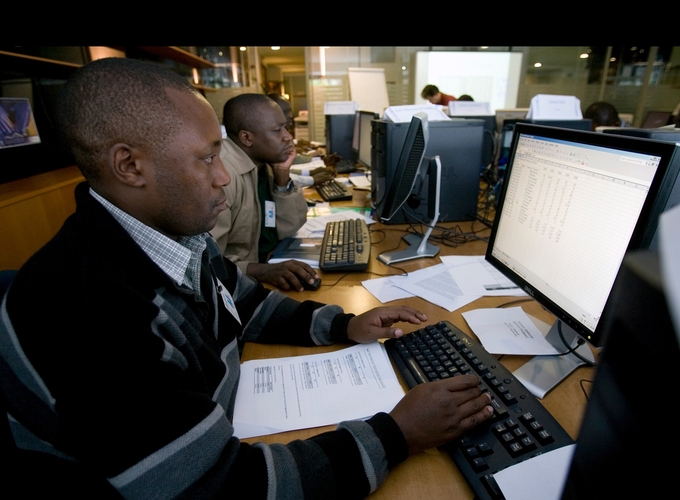November 23, 2025 | 16:43 GMT +7
November 23, 2025 | 16:43 GMT +7
Hotline: 0913.378.918
November 23, 2025 | 16:43 GMT +7
Hotline: 0913.378.918

The Statistical Yearbook is a primary tool for policymakers, researchers and analysts, as well as laypersons interested in the past, present and future paths of food and agriculture.
The Food and Agriculture Organization of the United Nations (FAO) has launched today its annual Statistical Yearbook, covering latest trends in the world’s agrifood systems and highlighting for the first time the impact of disasters on agriculture and the cost and affordability of a healthy diet.
Drawing on the wealth of information that FAO statisticians produce across the Organization, this publication offers a synthesis of the major factors at play in the global food and agricultural landscape. The 2023 edition comprises well-organized data sectioned into four thematic chapters, covering the economic importance of agricultural activities; inputs, outputs and factors of production; implications for food security and nutrition; and agriculture’s impacts on the environment.
The Statistical Yearbook is a primary tool and indispensable reference for policymakers, researchers and analysts, as well as laypersons interested in the past, present and future paths of food and agriculture.
“Timely, accurate and high-quality data and statistics are the cornerstone of solid policy design, where decisions are based on hard evidence, and monitoring and evaluation rely on strong statistical systems.” said José Rosero Moncayo, Director of FAO’s Statistics Division in the foreword to the publication. “This has become all the more critical as governments around the world commit to major sectoral and national development plans, as well as regional and global development agendas.”
Major highlights
This year, the publication highlights the impact of disasters on agriculture and quantifies the magnitude of losses resulting from these events.
Data on the cost and affordability of a healthy diet, which have been released recently in FAOSTAT, are also showcased in this year’s edition, providing a measure of economic access to nutritious foods and healthy diets that are a key link between food security and nutrition.
Another important highlight of this year's edition is the food loss percentage. It is the highest in sub-Saharan Africa (almost 20 percent in 2021) and the lowest in Northern America and Europe (9 percent). Food losses vary considerably from one region to another within the same commodity groups and supply chain stages.
Finally, the publication taps on the structural characteristics of the agricultural sector coming from censuses of agriculture that users can now easily compare across countries and census rounds for the first time.
Key facts and figures
The Statistical Yearbook 2023 is available in a digital version, and as a pocketbook printed edition which provides a quick and easy reference to the main facts and trends.
The Statistical Yearbook is only one of a series of tools and statistical publications that FAO provides to users. The freely accessible FAOSTAT data platform contains the largest statistical database on food and agriculture in the world, with approximately 20 000 indicators covering more than 245 countries and territories, and around 2 million views each year.
(FAO.org)

(VAN) In a new study published in Trends in Biotechnology, researchers used a gene-editing technology called CRISPR to increase a fungus's production efficiency and cut its production-related environmental impact by as much as 61%- all without adding any foreign DNA.

(VAN) A top official in Beijing’s Cop delegation says China is committed to clean energy – but US’s absence is a problem.

(VAN) The Bangsamoro region’s inflation rate rose slightly to –1.3 percent in October 2025 from –1.5 percent in September, the Philippine Statistics Authority (PSA-BARMM) reported.

(VAN) FAO-led report says protecting and restoring forests is crucial to boosting climate-resilient agriculture, rural livelihoods and global food and water security.

(VAN) Flagship partnership secures additional GBP 16.9 million to strengthen forest monitoring, transparency and country support to 2030.

(VAN) After a turbulent year for international development, the aid and assistance landscape has shifted, with donors rethinking how, where and why they support sustainable development.

(VAN) A new tool for measuring the economic value of farm animal welfare improvements has been developed, potentially transforming how consumers, retailers and the government evaluate animal welfare policies.